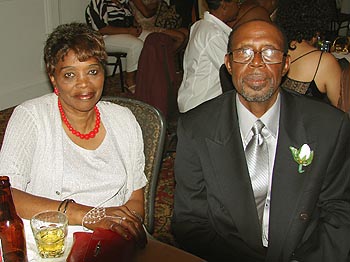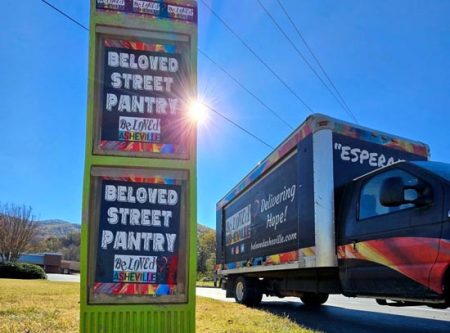South French Broad Class of 1969 – the End of a Valuable Heritage

by Johnnie Grant
South French Broad’s class of ’69 inherited and continued Stephens-Lee High School’s proud legacy. The closing of Stephens-Lee and the redirection of African-American students to South French Broad High School was the result of a marred “separate, but equal” system.
The famous 1954 Supreme Court decision in Brown et.al. v. the Board of Education of Topeka (KS) et.al. was intended to be a humane one. Its purpose was to help take away the stigma of inferiority that had plagued African Americans throughout this country. However, one important factor which was completely ignored, was the decision that never demanded that white students step outside of their comfort zone.
Black schools closed, black students were bused, black teachers and
administrators lost their jobs, but whites continued as before. To many
in the white community that was exactly what blacks had asked for: to
be integrated into the white world. So, from a white perspective, if
African American students were traumatized by the change, they just had
to live with it.
As other North Carolina cities such as Greensboro and Charlotte
integrated, Asheville dragged its feet, missing its opportunity to be
noted in history as a progressive city. High schools in Asheville
remained segregated until 1969, and African American students were the
primary casualty.
By 1965, the slated date of completion for the integration plan
in Asheville, some African American students were being bused to
predominantly white schools in white communities. These black students,
who had previously been prohibited from attending historically white
schools, were now forced to leave their neighborhoods to be in
unfamiliar territory.
In many ways the dishonor became more oppressive, and African
American students were overwhelmed. These particular students did not
ask for the law to change, but they were expected to endure the horrors
of the system’s decisions.
In Asheville, Stephens-Lee High School and other black schools
had built and cultivated a legacy to be proud of. When Stephens-Lee was
closed, its remaining students were redirected to South French Broad
High School – where the class of ’69 turned out to be the continuation
of the Stephens-Lee story and legacy.
Like its predecessor Stephens-Lee, South French Broad garnered a
stellar reputation, both within the community and across the United
States. Professors from Columbia University in New York and other Ivy
League institutions of higher education came to instruct the faculty on
various subjects, and the students excelled in every area, from
academics to athletics. And before long, South French Broad High School
also became just a memory.
The disappearance of Stephens-Lee, South French Broad, and other
segregated schools – separate, and not equal, but excellent despite
their second-class treatment – left grief in the community which can
only now be soothed by remembrance. The community felt, and continues
to feel, deprived by the closing of its historically black schools.
Seeing them destroyed, or their shells converted into recreation
centers, leaves many even today believing “that’s how things were done
– here in Asheville.
 |
 (R) Willie (Che-Che) Beck ’69 and sister Frankie B. Shoemaker. |
|
| Joyce Fair-Harrison ’69 with Anthony Workman. |
||
 |

Viola Jones ’69, with husband Jonathan Jones.
|
|
| Celeste Chapman-McClure ’69 with husband Johnny McClure. |
||
 |

|
|
| (L-R) Viola (Boulden) Jones, Jean (Chiles) Beck, Barbara (McDay) Byrd, Loretta (Parks) Nobles. | (L-R) Front row: Gary Branch, William Harrison, Alvin Wilkes. Back row: Jerry Adell, Jerry Higgins. |








